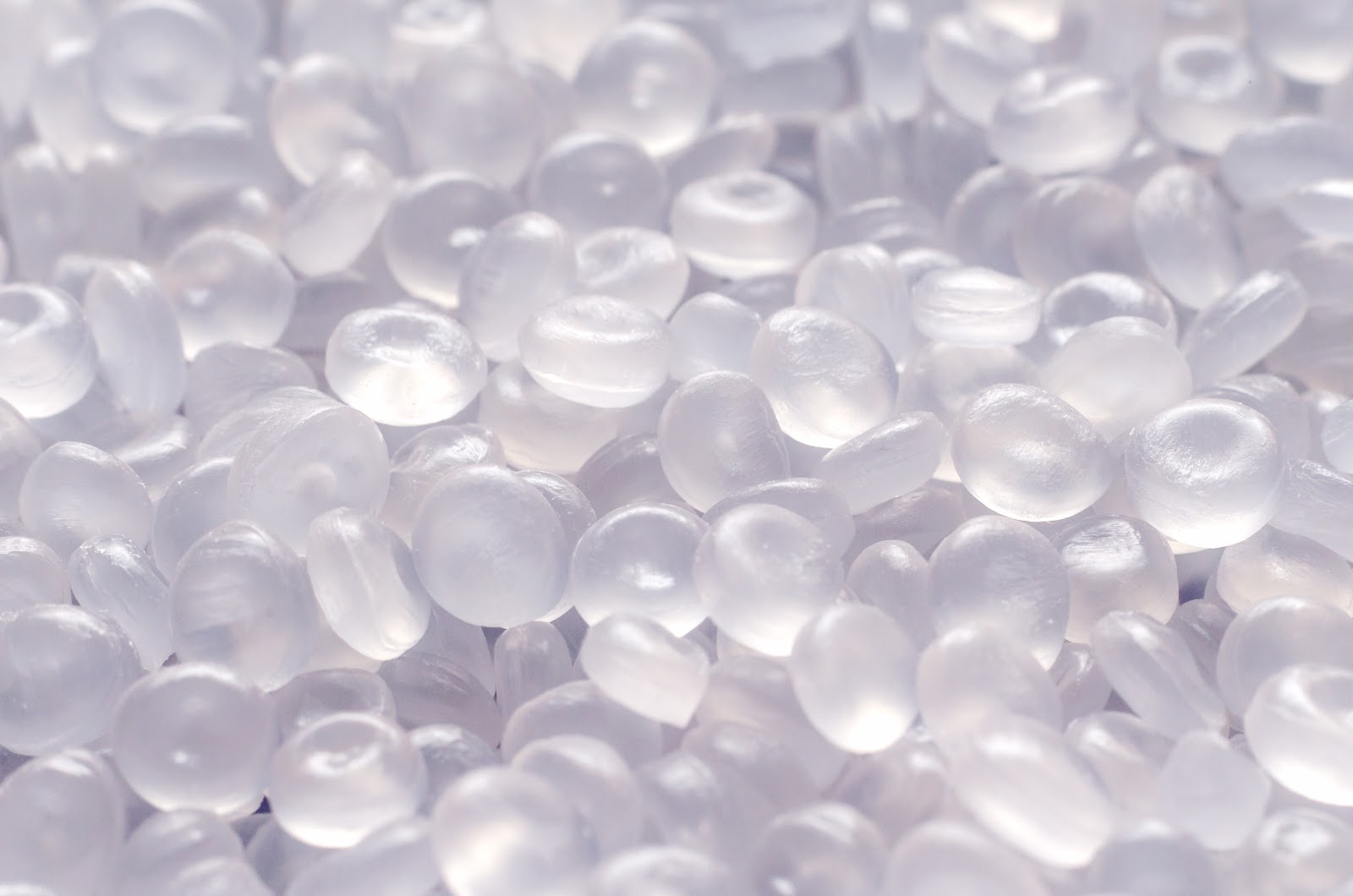In our last blog, we stepped back in time to the mid-1800s, to the roots and first inception of plastic. While people from the era may have understood that the discovery was a significant breakthrough, it’s likely that few truly foresaw that this new material would go on to undeniably saturate our world and become an essential part of our everyday lives.
At Plastrac, we’ve played an integral role in the plastics industry for nearly 25 years. And as the plastics revolution continues, we’re still here, designing and manufacturing material blending and loading systems for our clients around the globe, all right here in the US. Let’s pick up where we last left off — in the early 1900s, when the development of new technology helped to further evolve the revolutionary material known as plastic.
The “New” Plastic
The year was 1907. Across America, cities were rapidly adopting the new technology known as “electricity.” In his search for a synthetic substitute for shellac, which was a natural electrical insulator, Leo Baekeland invented his new material, Bakelite. As it turns out, Bakelite wasn’t just a superb insulator, but it was also quite durable, resistant to heat, and could be mass-produced. In fact, Bakelite could be shaped or molded into just about anything, which provided nearly endless possibilities. However, the work of Baekeland and his plastics predecessor John Wesley Hyatt had attracted attention from new research programs that sought to further develop and advance the soon-to-be ubiquitous material.
The Surge of Synthetics
During World War II, the need for military success necessitated a vast expansion of the plastics industry in the US. The country needed to preserve natural resources, so the production of synthetic alternatives became a priority. And those alternatives were only made possible by plastics. Learn more in the video below:
There was nylon, invented as a synthetic silk by Wallace Carothers. Nylon would go on to be used for ropes, helmet liners, body armor, and parachutes for our soldiers. There was also plexiglass, used in aircraft windows and developed as an alternative to glass. In fact, because of World War II, plastics further demonstrated their adaptability and overall worth to mankind all over again. And it’s no surprise that during that period, plastics production increased 300%.
But it didn’t just stop there.
In our next blog, we’ll take a look at how, and why, this plastic surge continued well after the war, taking the place of other traditional materials like wood, glass, and even steel. For more information, or for questions about our materials blending and loading systems, contact us today.
